Upper air Ozone Monitoring by the Observatory
Upper air Ozone Monitoring by the Observatory
KONG Yu-chau
April 2015
When we talk about "Ozone", what is the first thing that comes to your mind? Many people may immediately think of "Ozone layer" in the stratosphere. "Ozone layer" is where most of the ozone molecules accumulate at and typically located at around 20 to 30 km above the Earth's surface, blocking the ultraviolet rays (UV-C) which can directly damage our skin and increase the risk of skin cancer (Figure 1).
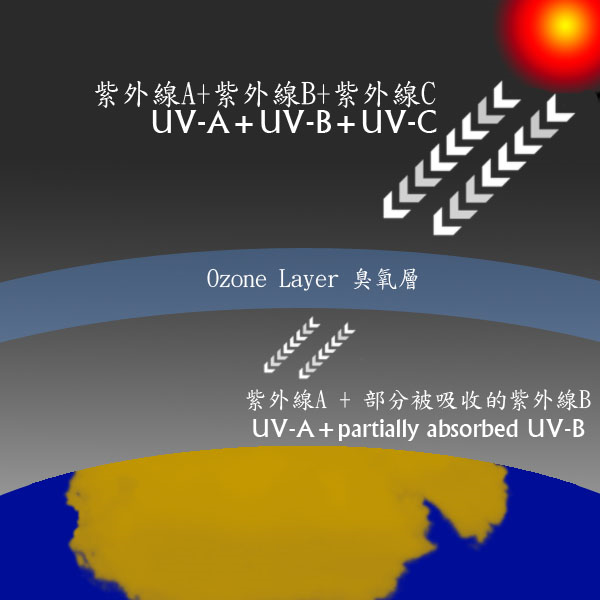
Figure 1 UV-C is blocked by the ozone layer while UV-A and part of UV-B can penetrate through it to the surface
In fact, ozone exists in the entire atmosphere and its concentration changes with locations, altitudes and seasons. Since 1993, the Observatory has been conducting upper-air ozone measurement. A weather balloon with an ozone sensor kit is launched regularly at the King's Park Meteorological Station to monitor the variation of ozone concentration above Hong Kong (Figure 2). As the Observatory is a member of the Global Atmospheric Watch (GAW) programme of the World Meteorological Organization (WMO), the data collected are disseminated to the World Ozone and Ultraviolet Radiation Data Centre (WOUDC) for monitoring and analysis.
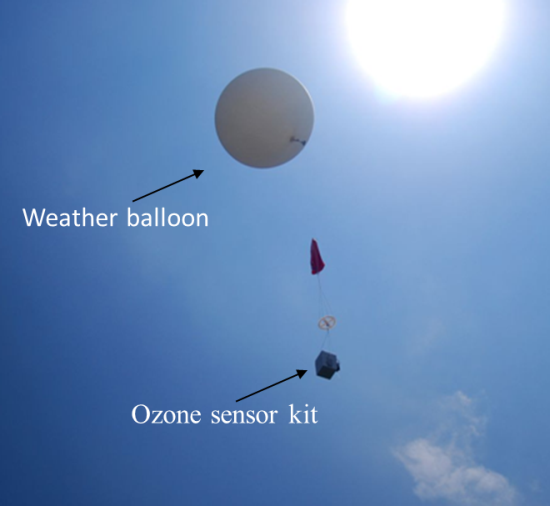
Figure 2 An ozone sensor kit (attached to a weather balloon) is carrying out measurement in the atmosphere
Figure 3 shows the average concentration of ozone in the upper air of Hong Kong in the past 20 years (1994-2013). It is noticed that the ozone concentration increases rapidly above 20 km from the ground and peaks at around 30 km altitude. This is the typical altitude of ozone layer in the tropical region. The ozone concentration in the troposphere is much lower than that in the stratosphere, but it possesses prominent variations throughout the year. Generally speaking, this tropospheric ozone contributes to around 15% of the total ozone in the atmosphere. Its concentration is generally higher in spring (March to May) and is believed to be due to changes in the global circulation of the atmosphere. Besides, weather elements like wind, moisture, sunshine duration and stability of the atmosphere can also affect the concentration of ozone. Moreover, the ozone concentration near the surface can even be affected by human factors.
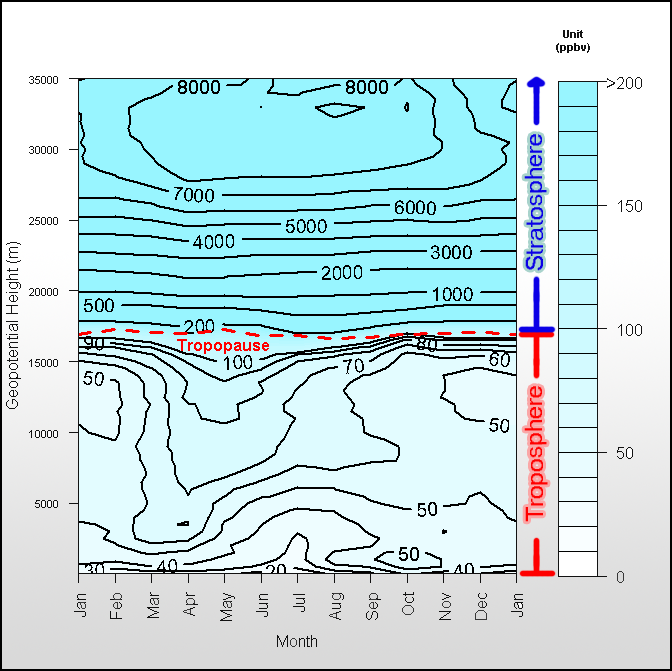
Figure 3 Average concentration of ozone over Hong Kong from 1994 to 2013. ("ppbv" stands for part per billion by volume)
For instance, on a sunny day under the influence of a continental airstream, the ozone concentration in the lower atmosphere could build up significantly. Figure 4 shows an example of a tropical cyclone case of Typhoon Haikui over eastern China on 8 August 2012, bringing a northerly continental airstream to Hong Kong. On that day, the observed ozone concentration below 3 km altitude could rise to more than double of its long-term average (Figure 5)!
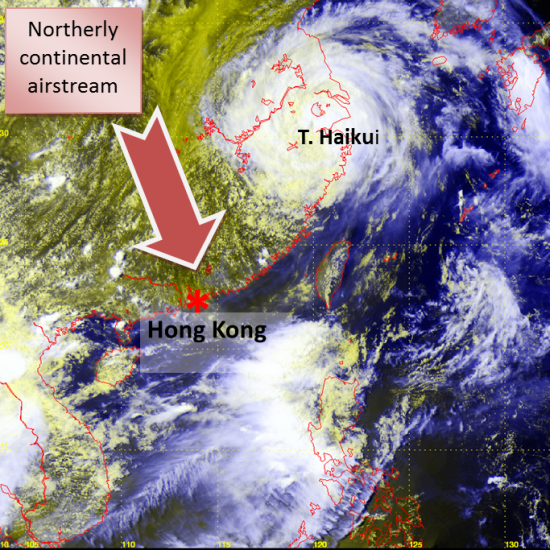
Figure 4 Satellite image showing Typhoon Haikui over eastern China bringing a northerly continental airstream to the south China coast on 8 August 2012.
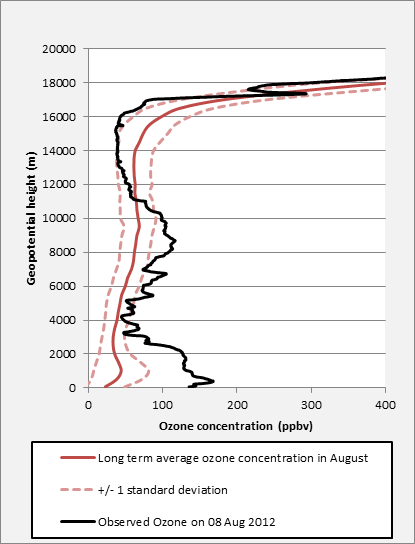
Figure 5 The observed ozone concentration on 8 August 2012 in comparison with the long-term average. The concentration from the surface to around 3 km altitude was significantly higher than the long-term average value.